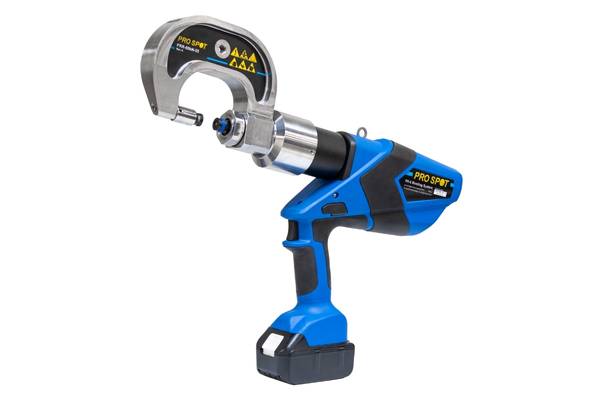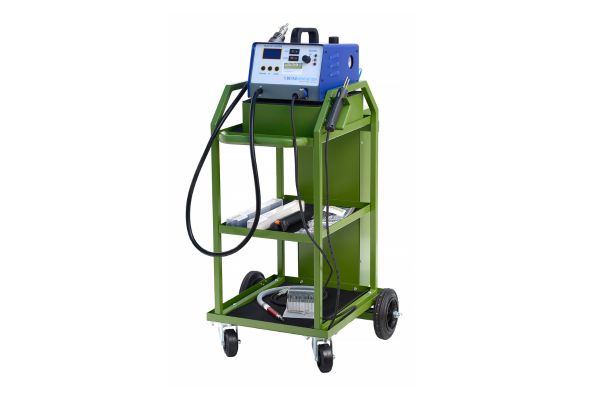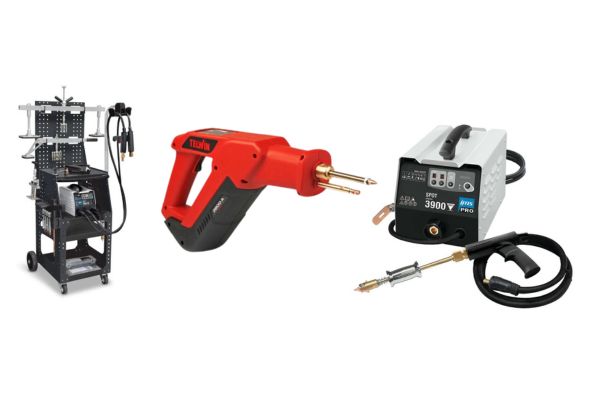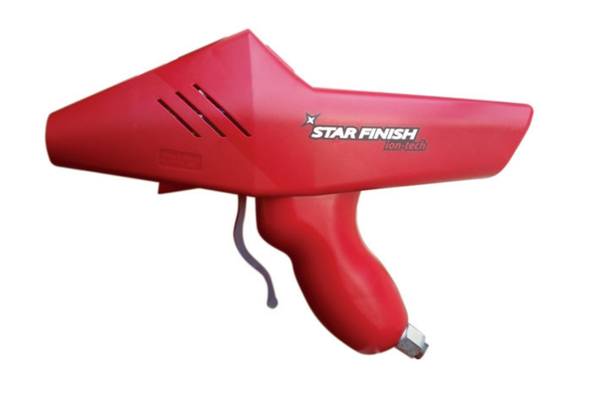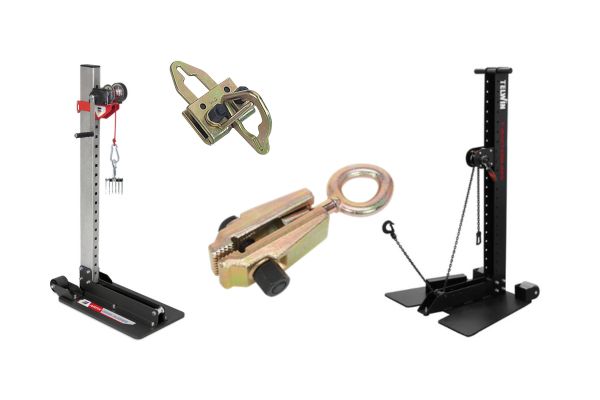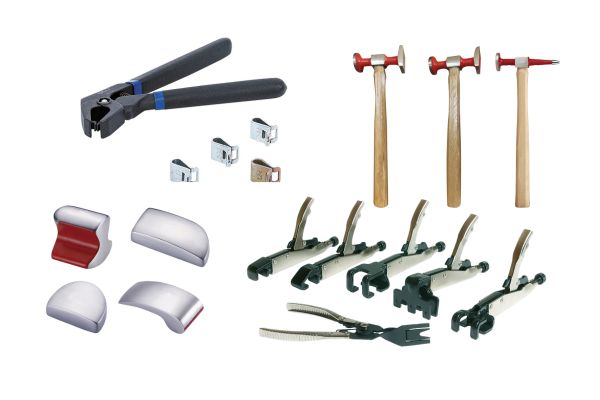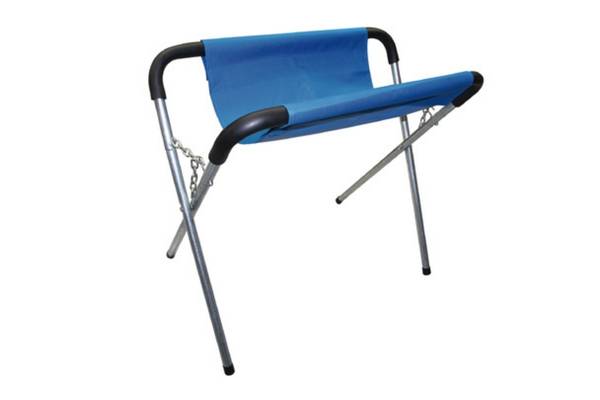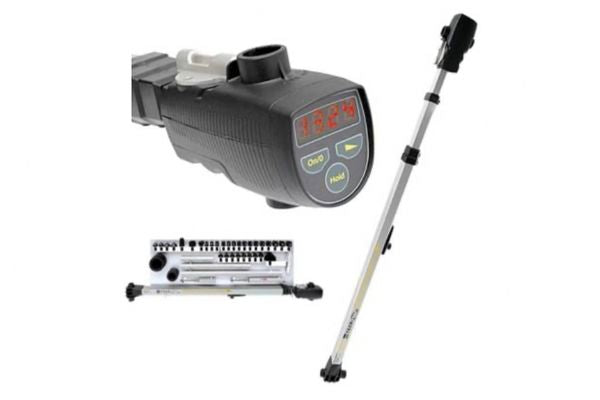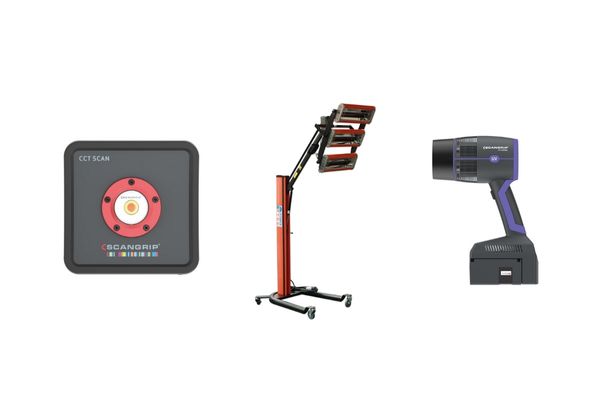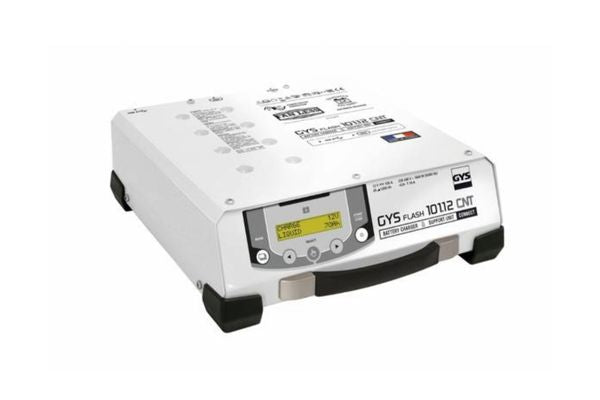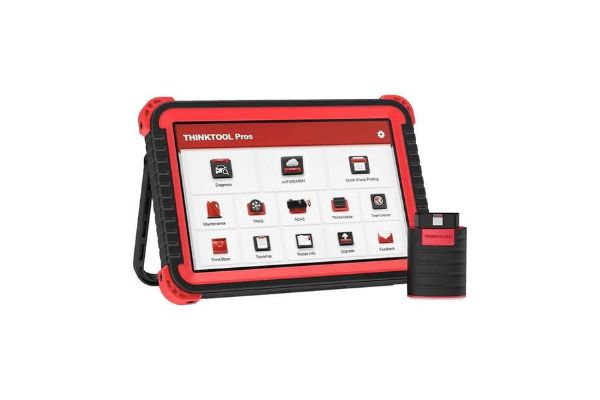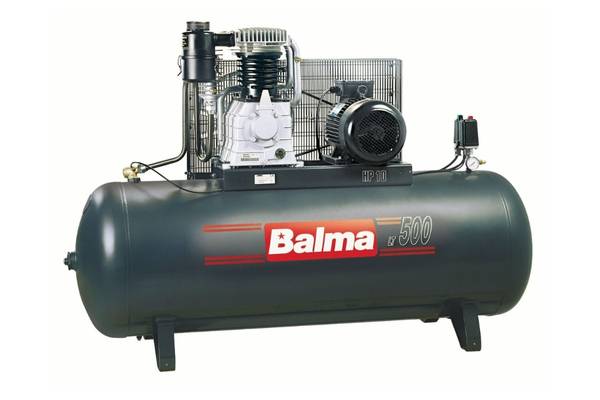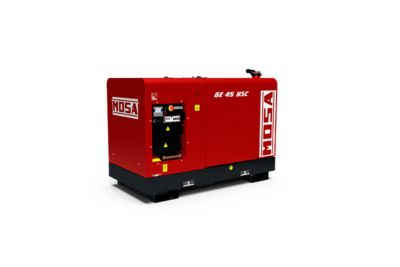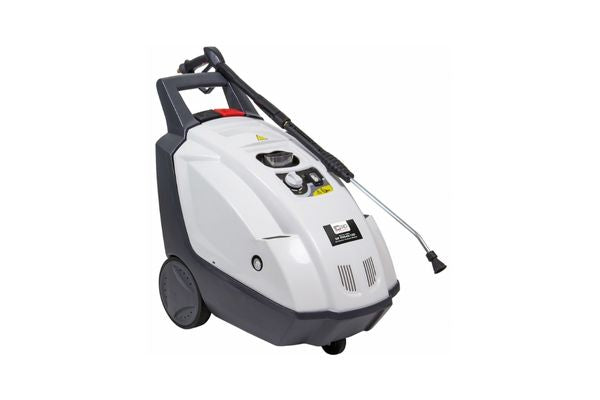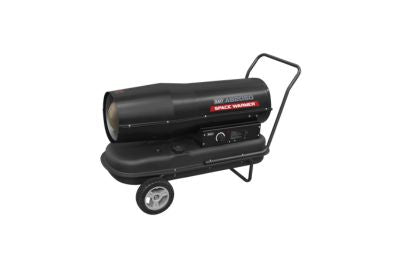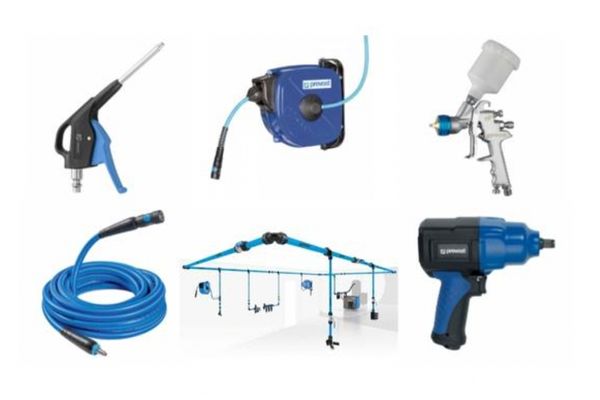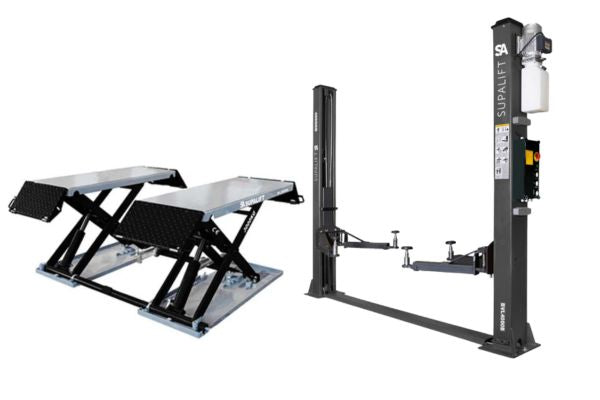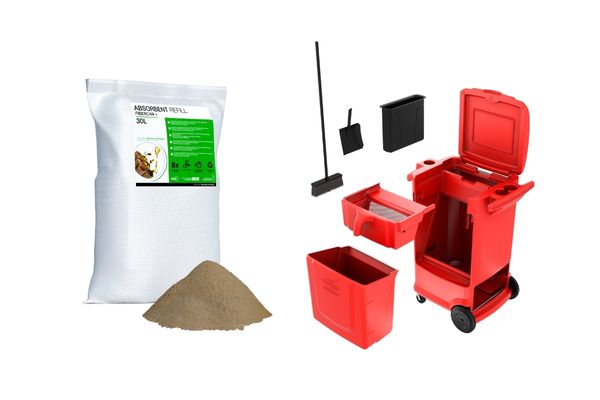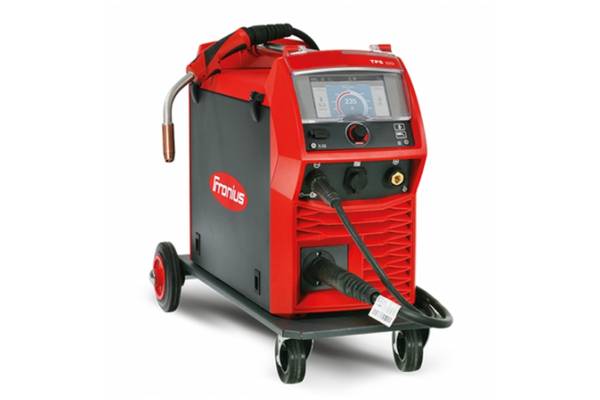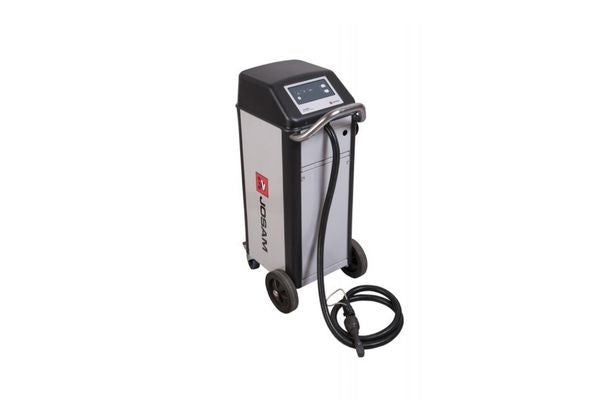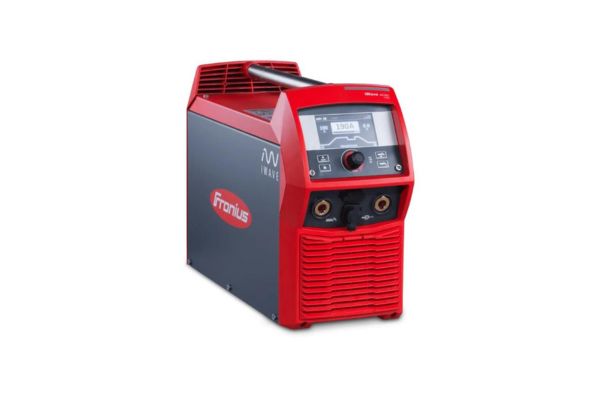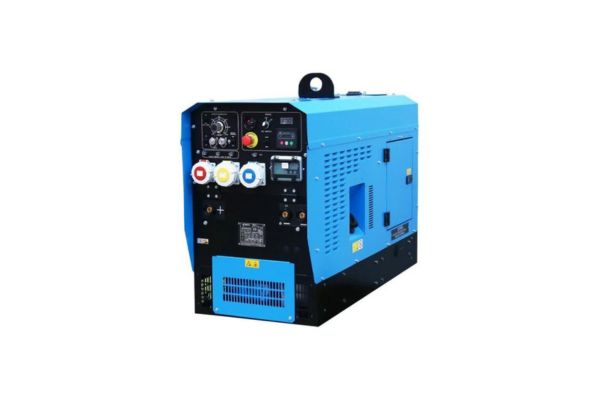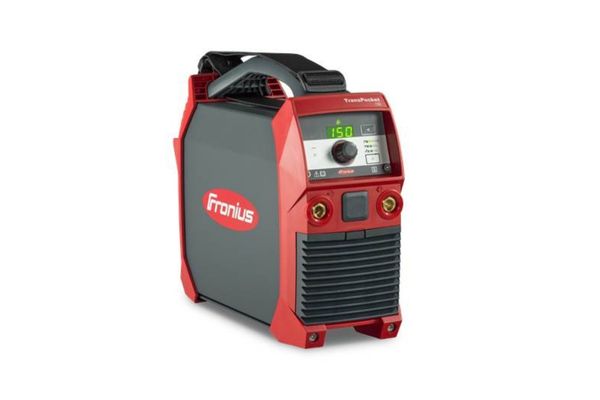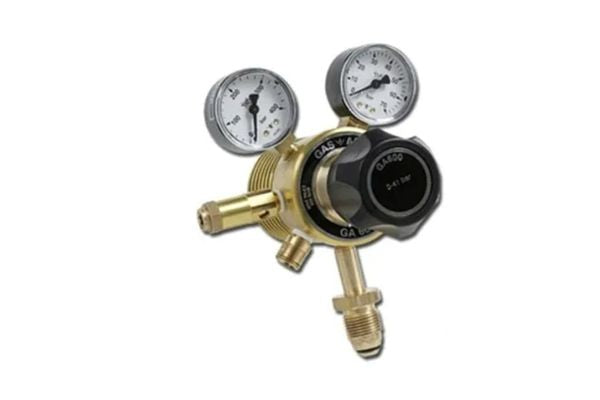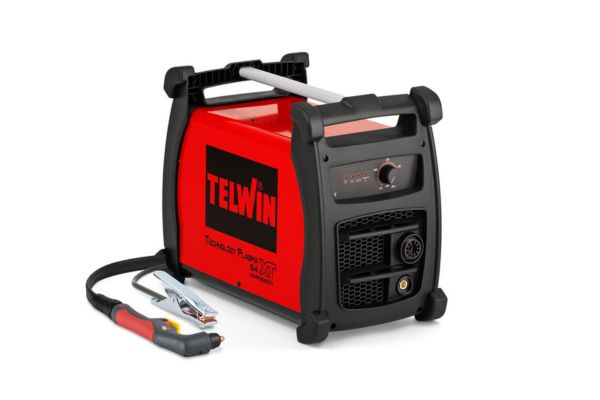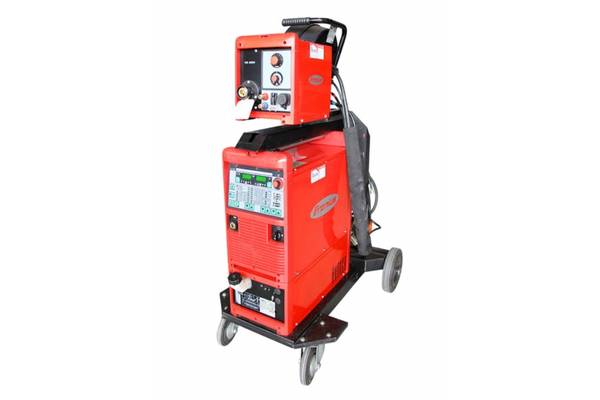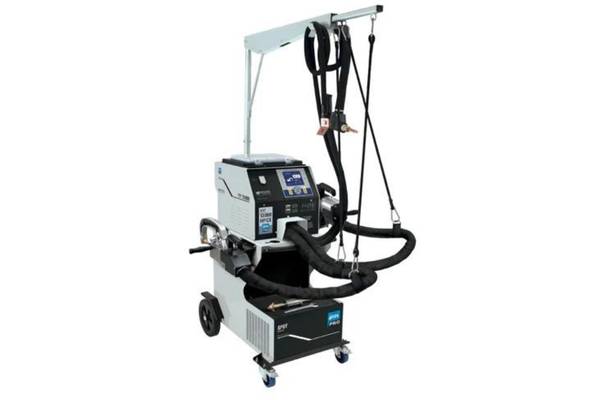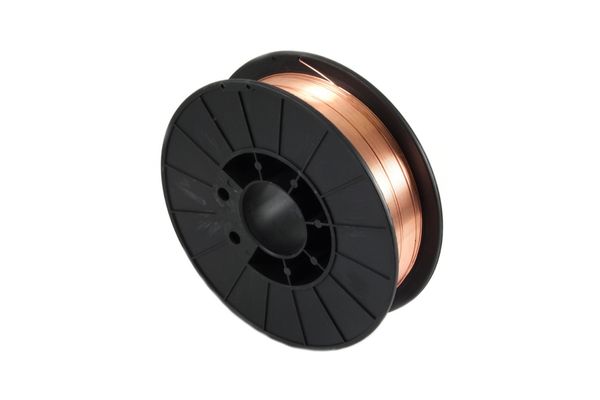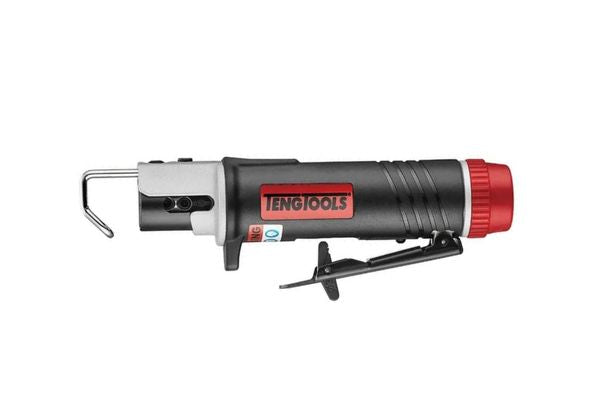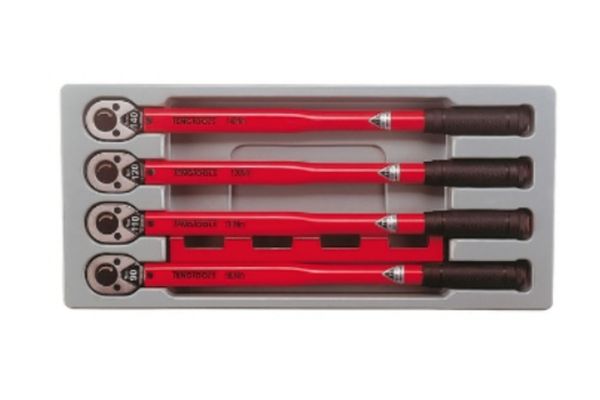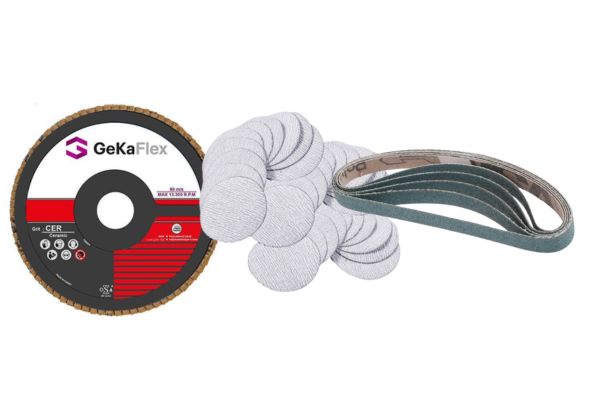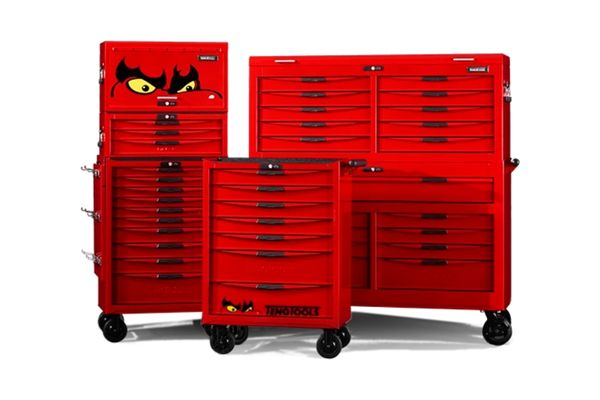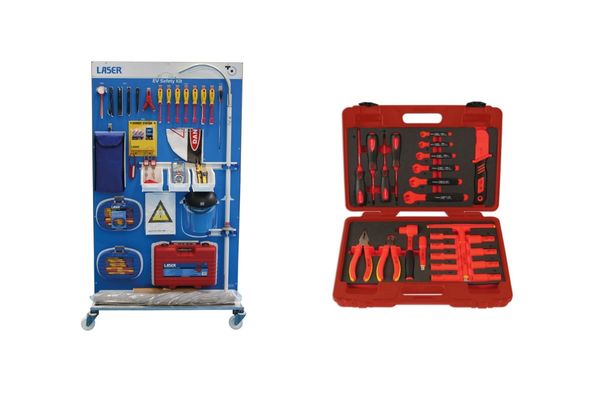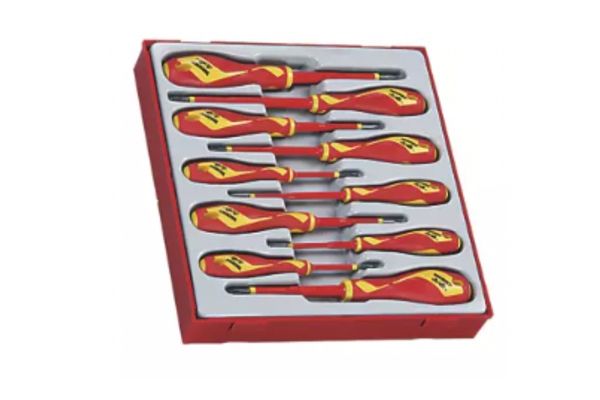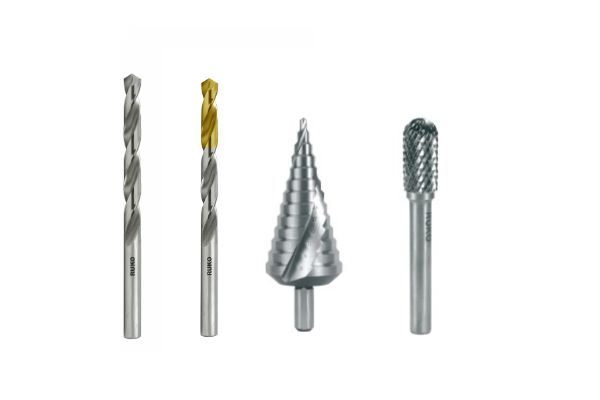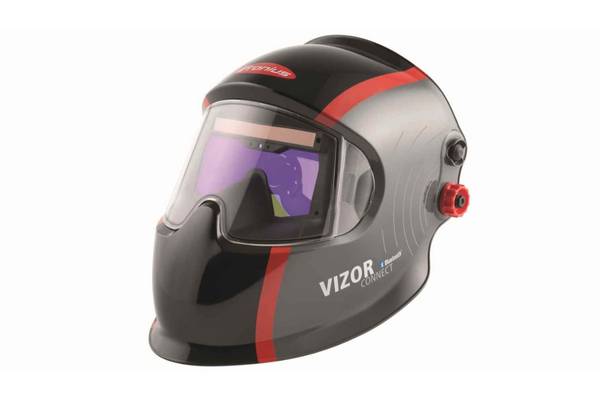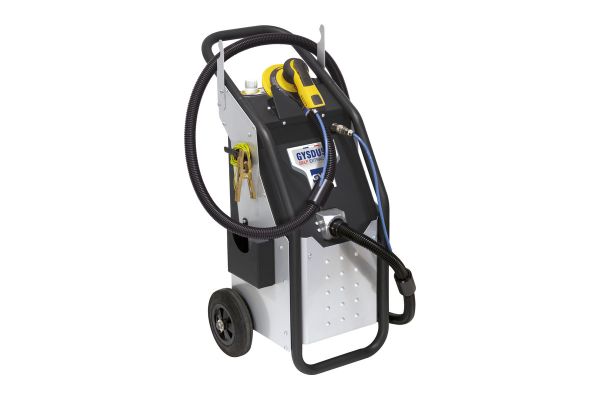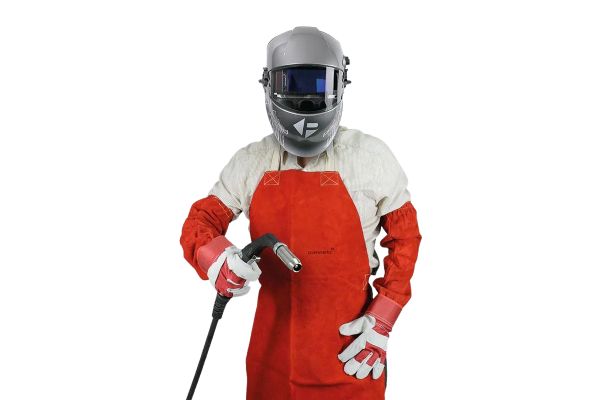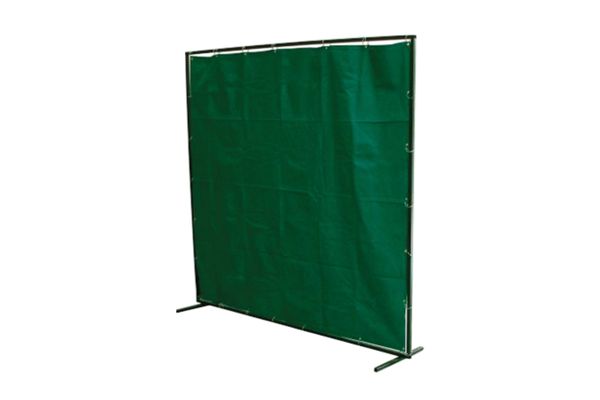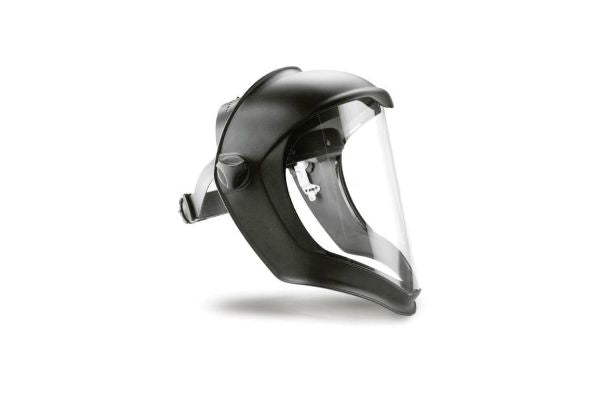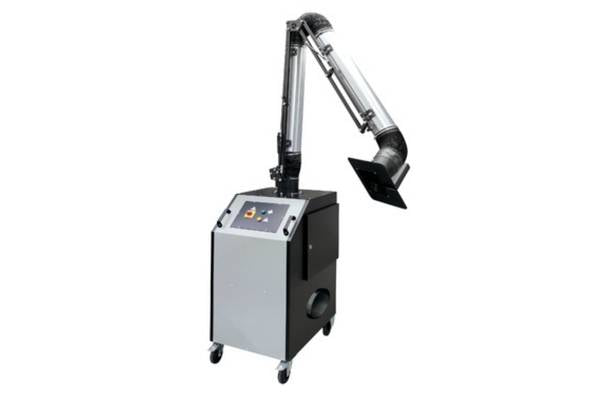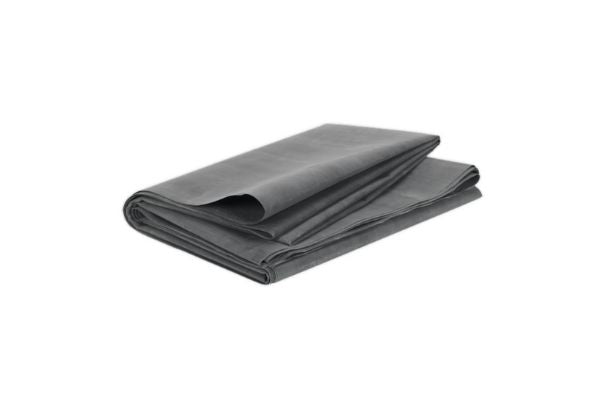Need Some Help? 0161 223 1843
Need Some Help? 0161 223 1843
BODYSHOP
WORKSHOP
WELDING
TOOLS
SAFETY
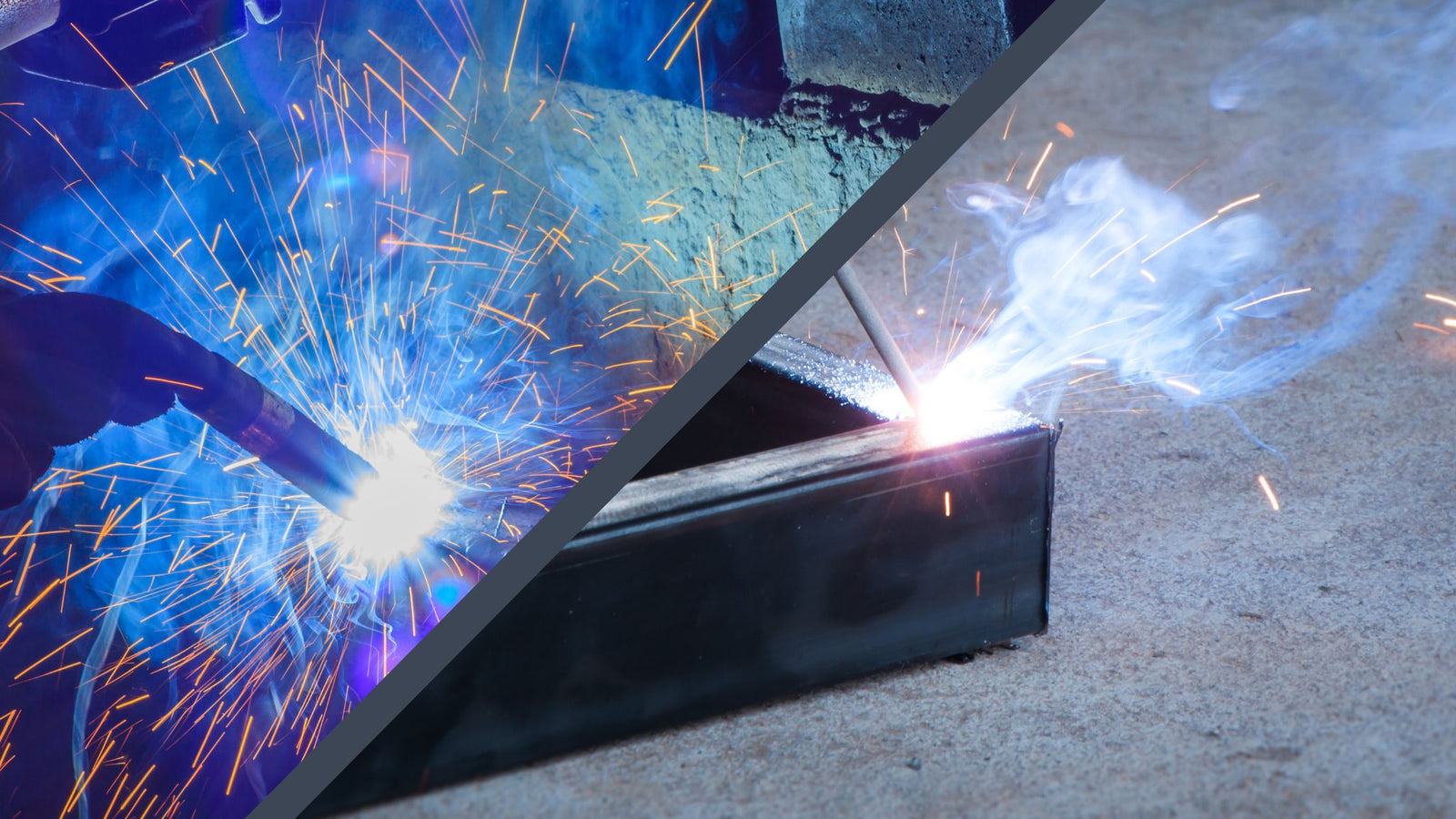
MIG Welding vs. Stick Welding: Pros and Cons - A Comprehensive Guide
July 24, 2023 6 min read
This complete guide will help you understand the pros and cons of MIG welding vs. stick welding, assisting you in making an informed decision on what is best for your next welding job.
Introduction to MIG Welding vs. Stick Welding: Pros and Cons
If you're in the realm of welding, you've likely been faced with the decision between MIG (Metal Inert Gas) welding and stick or MMA (Manual Metal Arc) welding. With both offering unique advantages and disadvantages, how do you decide which one suits your needs best? In this comprehensive guide, we delve into the world of MIG welding vs. stick welding: pros and cons, giving you all the information you need to make an informed choice.

What is MIG Welding?
Metal Inert Gas (MIG) welding, also known as Gas Metal Arc Welding (GMAW), is a process that involves the use of a continuously fed electrode wire and a shielding gas that melts and joins two metal pieces. MIG welding is known for its speed, excellent fusion, and adaptability to a wide range of metals and their alloys.

What is Stick Welding?
Stick welding, officially known as Shielded Metal Arc Welding (SMAW), is a manual arc welding process. It uses a consumable electrode covered with a flux that lays the weld. Stick welding is praised for its simplicity, versatility, and effectiveness in windy or outdoor conditions.
Key Differences Between MIG Welding and Stick Welding
MIG welding and stick welding are inherently different in their techniques, applications, and outcomes. Understanding these differences can help you decide which method is right for your job, the main differences between MIG welding and stick welding are That MIG is a continually fed electrode and requires gas, and stick is a set length of electrode and doesn't require gas.

Advantages of MIG Welding
MIG welding offers numerous benefits, the main ones being speed of welding deposition and its relative ease of use. If speed, efficiency and production are on your priority list, MIG welding might just be your perfect match.
Disadvantages of MIG Welding
While MIG welding boasts a myriad of advantages, it also has its downsides. Factors like its cost, sensitivity to wind, and limitations with thicker materials are points of consideration.
Advantages of Stick Welding
Stick welding stands out with its versatility, ability to work with dirty or rusty metals, and effectiveness in outdoor conditions. If you're looking for a more rugged, adaptable welding method, stick welding is preferred in pipeline manufacture as it can be carried out as the pipeline is is put into the trench.
Disadvantages of Stick Welding
Despite its advantages, stick welding comes with its set of disadvantages. The need for frequent rod changes, slower speeds, and the skill required are aspects to bear in mind.
Comparison of MIG Welding and Stick Welding in Terms of Usage
MIG welding tends to be used in production environments where the environment and quality of the weld can be controlled. Its faster than stick welding also. Stick welding is great for maintenance or inaccessible places. Stick welding equipment can be a lot smaller than MIG welders again making for better mobility. Comparison of MIG Welding and Stick Welding in Terms of Performance
MIG Welding v Stick Welding: Which is better for Beginners?
If you're a beginner looking to delve into the world of welding, which method should you start with? MIG welding is a lot easier to master and a novice welder with a little training can produce som effective and visually good looking welds. You dont need to manipulate the torch too much with MIG yet with stick welding the electrode is continually eroding as you weld making it a lot more difficult to maintain you arc length. Welding pipe with stick is also a lot more difficult because of this.

MIG Welding vs. Stick Welding: Which is More Cost-Effective?
The cost differences between MIG welding and Stick welding per inch of weld can vary based on several factors, including the specific materials being welded, labor costs, equipment expenses, and the welding process efficiency. Here are some general considerations for the cost differences:
-
Labour Costs: MIG welding is generally faster and requires less skill than Stick welding. Therefore, labor costs may be higher for Stick welding due to the increased time and expertise needed to complete the same length of weld.
-
Electrode Costs: In MIG welding, the consumable wire electrode is continuously fed from a spool, while Stick welding uses consumable coated electrodes. Stick electrodes are typically cheaper per pound, but they have a lower deposition rate compared to MIG wire, which could lead to higher material costs for Stick welding per inch of weld.
-
Welding Speed: MIG welding is typically faster because it is a semi-automatic process, whereas Stick welding requires frequent electrode changes and more starts and stops, slowing down the overall welding speed. This difference in welding speed can impact the cost per inch of weld.
-
Waste and Cleanup: Stick welding produces slag, which needs to be chipped off after welding, generating more waste and potentially increasing the cleanup time. MIG welding generally generates less waste and may require less post-weld cleanup.
-
Equipment Costs: MIG welding machines are generally more expensive to purchase than Stick welding machines, which could impact the overall cost per inch of weld if the equipment cost is factored into the calculation.
-
Power Consumption: MIG welding can be more power-efficient compared to Stick welding, which may result in lower electricity costs for MIG welding per inch of weld.
-
Joint Efficiency: The welding process used can affect the joint efficiency and strength of the weld. If Stick welding is better suited for certain types of joints or materials, the potential cost savings from using MIG welding may be outweighed by the need for additional welds or stronger materials.
Conclusion
The debate between MIG welding vs. stick welding: pros and cons doesn't have a clear winner. Both methods have their unique strengths and weaknesses. Ultimately, the choice between MIG welding and stick welding will depend on your specific project, expertise, and requirements. Regardless of the method you choose, always remember welding safety and follow best practices to achieve the best results!
FAQs
What are the main differences between MIG welding and stick welding?
MIG (Metal Inert Gas) welding and stick welding, officially known as Shielded Metal Arc Welding (SMAW), differ in several aspects. The primary difference lies in their techniques. MIG welding uses a continuously fed electrode wire and a shielding gas to join two metal pieces. On the other hand, stick welding employs a consumable electrode coated with flux to form the weld.
MIG welding is typically faster and produces cleaner welds with less splatter. It's also more versatile in terms of the types and thicknesses of materials it can work with. Stick welding, however, is known for its simplicity and effectiveness in windy or outdoor conditions. It can also handle rustier or dirtier materials better than MIG welding.
Which welding method is better for beginners, MIG or stick welding?
For beginners, MIG welding is often the recommended starting point. Its straightforward process and the need for less manual dexterity make it easier to pick up for newbies. The wire feed in MIG welding helps control the speed, resulting in cleaner, well-finished welds.
Stick welding, while versatile and rugged, requires more skill to master, as maintaining the arc length and controlling the puddle can be quite challenging for beginners. However, learning stick welding can offer a firm foundation for understanding more complex welding processes.
How do the costs of MIG welding and stick welding compare?
When comparing the costs, MIG welding tends to be more expensive. The initial setup for MIG welding, including the welding machine, shielding gas, and consumables, generally costs more than stick welding equipment. Additionally, MIG welding requires continuous replacement of the shielding gas, adding to the operational costs.
Stick welding equipment is typically less expensive. The consumable electrodes used in stick welding are also cheaper than the continuous wire feed required for MIG welding. Thus, while stick welding may be slower and demand more skill, it can be more cost-effective, especially for smaller projects or hobbyist welders.
What safety considerations should I be aware of for MIG welding and stick welding?
Both MIG and stick welding produce intense UV light, which can cause harm to your eyes and skin. Therefore, wearing a welding helmet with the appropriate shade of lens, welding gloves, and protective clothing is necessary, irrespective of the method you choose.
Leave a comment
Comments will be approved before showing up.


